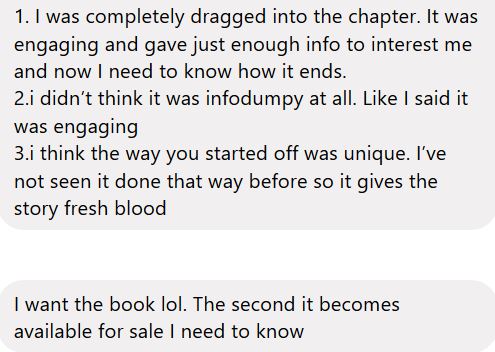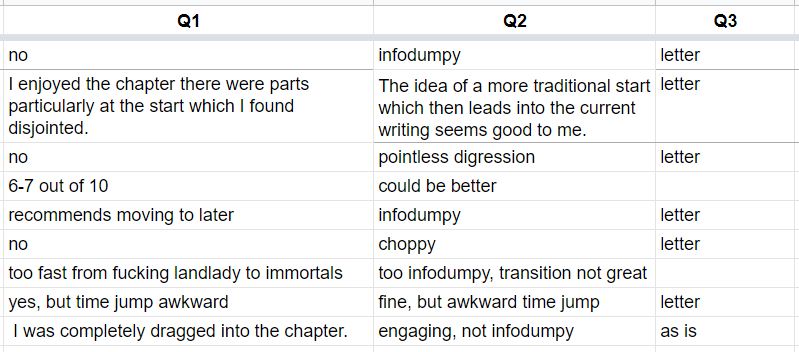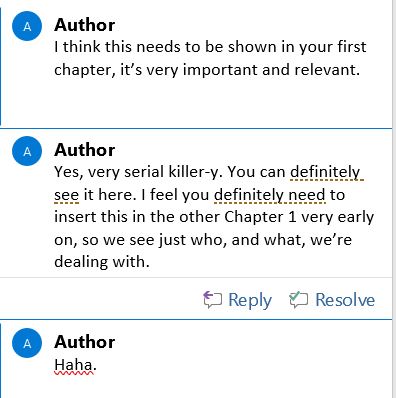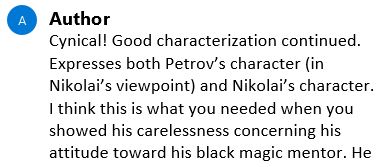
There’s a lot of misinformation and vitriol surrounding the idea of using AI in writing. A quick scan of Twitter would have you believe that no authors want it, and that the only people who’ll use AI to write are hacks that want to make a quick buck by putting out “soulless” books, or nonauthors who will press a button to have AI spit out a fully-fledged novel filled with plagiarized material – a laughable concept to anyone who’s actually played around with AI and understands how it works, including its limitations.
I’ve already talked about how I use ChatGPT in my own process and how it helped my autistic son get words on the page. The fact is, many authors do enjoy AI and are happily using it on their projects, but given the potential for backlash, many are afraid to discuss AI openly. We congregate in AI-friendly groups to share our excitement and discuss the best ways to utilize these tools.
I wanted to see if there was anything to the argument that only newbie writers or unpublished hacks were using AI, so I posed a survey. While the response wasn’t huge, it showed that all kinds of authors are using this technology.



As you can see, there are a lot of different authors using AI. No one who responded only had a single book and most had been publishing for years. So which tools are authors using?

When it came to tools, the top three were Claude, ChatGPT, and Sudowrite (which incorporates both of the former). As of this writing (5/29/2023), Claude is free. Sudowrite and ChatGPT4 are not, and a lot of people were using them. Many of us use all three. My original list didn’t even include ProWritingAid or Word, which both incorporate AI.
What about the argument that AI allows authors to completely disengage from the process?


Contrary to what many people think, authors are still very much involved in the writing process with AI. Good prompts will give you better text, but you still have to do a lot of work behind the scenes.
So what are authors using AI for, if not to write a whole book?

Many authors responded that AI makes the process faster, easier, and most notably – more fun.
And yet many of us want more from AI – better consistency, the ability to have it write in our own voice, better quality control (AI has a tendency to make up facts when stuck, something known as “hallucinating”), and write longer passages.
The application of AI in writing is not a compromise of art but an enhancement of the creative process. It mitigates physical limitations, accelerates writing speed, shatters the barrier of writer’s block, and fosters a sense of collaboration. The usage of AI in writing transcends mere convenience, it infuses creativity, stimulates fresh perspectives, and nurtures a newfound joy in the craft. AI in writing is not about replacing the human touch, but about empowering authors to navigate their storytelling journey with increased ease, efficiency, and excitement.
If you’re an author who uses AI for writing, I’ve created arevised version of the survey, which you can take here.

















